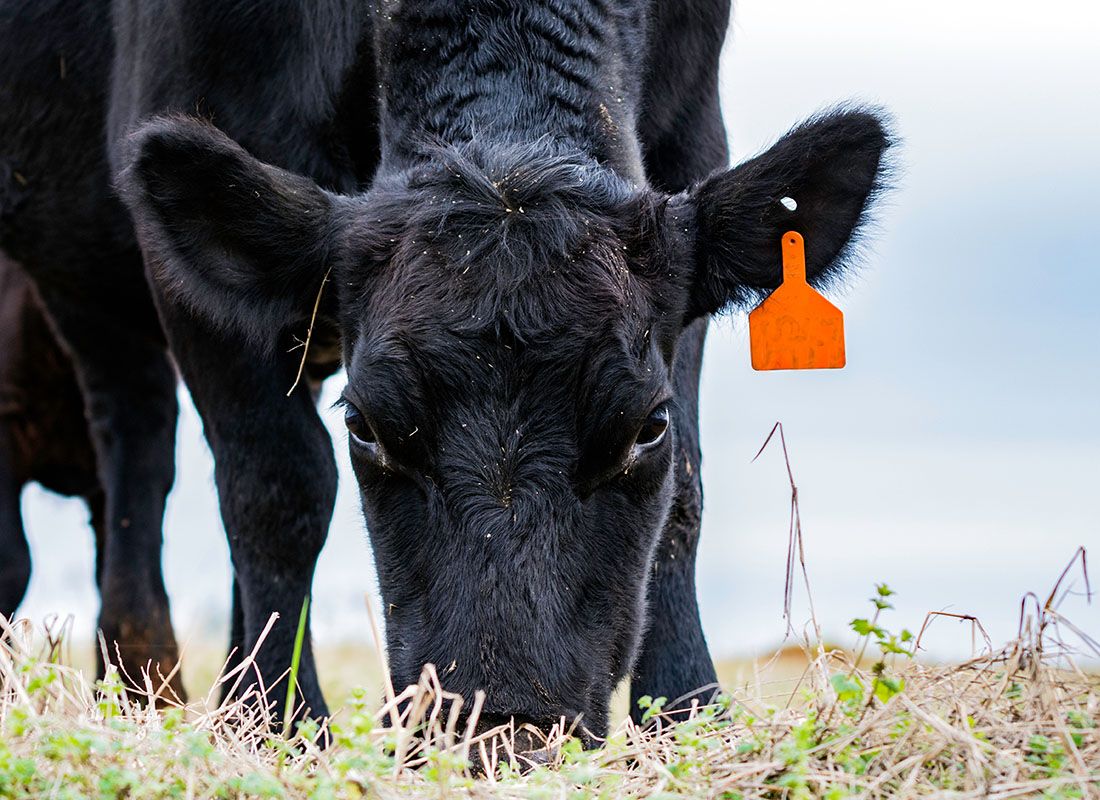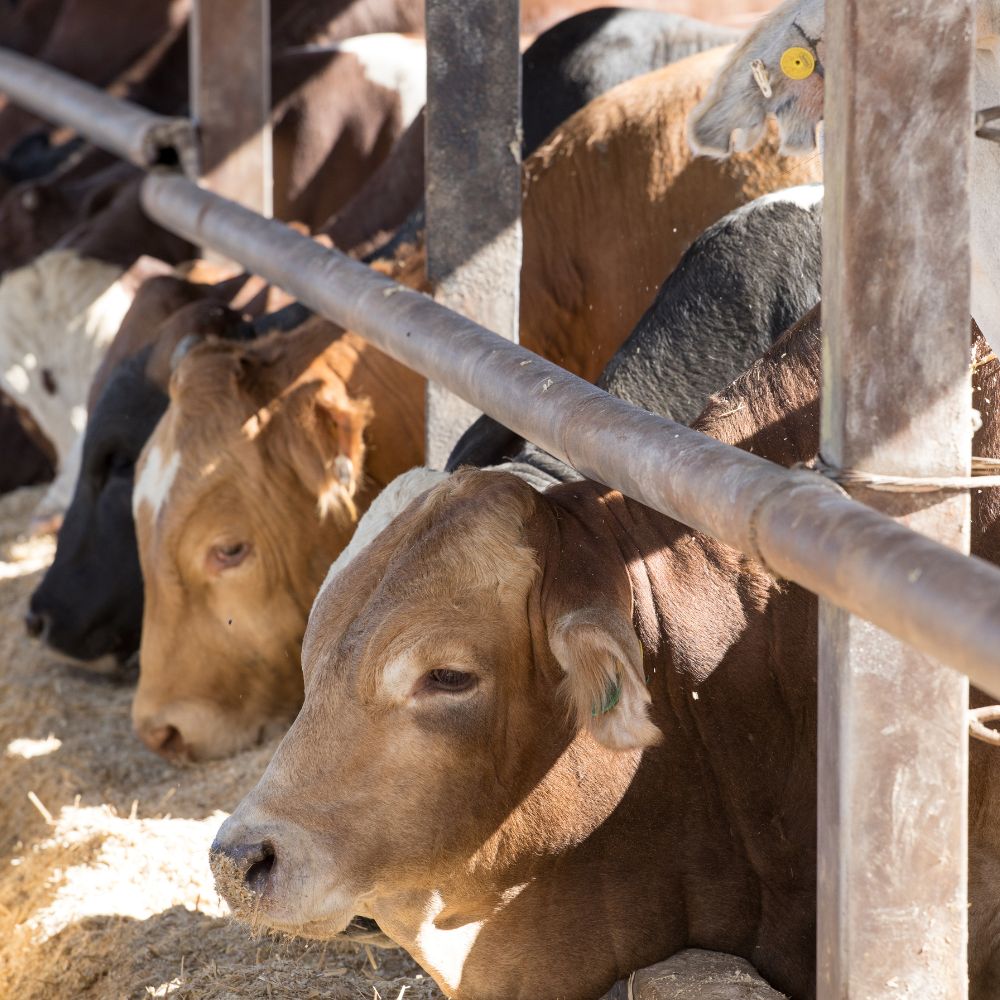Professional Support: Bagley Risk Management Approaches
Recognizing Livestock Risk Protection (LRP) Insurance Policy: A Comprehensive Guide
Browsing the realm of animals threat defense (LRP) insurance coverage can be a complicated endeavor for several in the agricultural field. This sort of insurance coverage offers a safeguard against market changes and unpredicted scenarios that could affect animals producers. By recognizing the complexities of LRP insurance coverage, producers can make enlightened decisions that may protect their procedures from monetary threats. From how LRP insurance functions to the different protection choices available, there is much to discover in this comprehensive overview that might possibly shape the means livestock producers come close to risk administration in their services.

Exactly How LRP Insurance Policy Functions
Periodically, understanding the mechanics of Animals Threat Defense (LRP) insurance policy can be complicated, but breaking down just how it works can give quality for farmers and herdsmans. LRP insurance coverage is a risk administration tool made to secure livestock producers versus unexpected rate declines. The plan enables producers to establish a protection degree based on their particular demands, selecting the variety of head, weight range, and insurance coverage cost. As soon as the plan is in location, if market prices drop listed below the protection rate, manufacturers can file a case for the distinction. It is very important to note that LRP insurance is not an income warranty; rather, it focuses exclusively on rate risk security. The coverage period typically ranges from 13 to 52 weeks, offering versatility for producers to choose a duration that aligns with their production cycle. By making use of LRP insurance coverage, ranchers and farmers can alleviate the economic threats connected with rising and fall market prices, guaranteeing better security in their operations.
Eligibility and Insurance Coverage Options

When it comes to insurance coverage alternatives, LRP insurance supplies manufacturers the adaptability to pick the coverage level, coverage period, and recommendations that finest fit their danger monitoring requirements. By recognizing the qualification requirements and coverage choices readily available, animals manufacturers can make enlightened decisions to handle danger successfully.
Benefits And Drawbacks of LRP Insurance Coverage
When assessing Livestock Threat Security (LRP) insurance policy, it is important for livestock producers to weigh the advantages and downsides intrinsic in this danger management device.

One of the main benefits of LRP insurance coverage is its capability to give protection versus a decrease in livestock rates. This can aid secure manufacturers from monetary losses resulting from market variations. Furthermore, LRP insurance uses a level of versatility, allowing producers to customize insurance coverage levels and policy periods to match their particular demands. By securing an ensured rate for their livestock, manufacturers can much better manage risk and prepare for the future.
Nonetheless, there are additionally some drawbacks to think about. One limitation of LRP insurance coverage is that it does not secure against all types of dangers, such as disease outbreaks or natural disasters. Additionally, premiums can occasionally be expensive, especially for manufacturers with big livestock herds. It is critical for producers to very carefully examine their private danger exposure and financial scenario to identify if LRP insurance policy is the right risk management tool for their operation.
Understanding LRP Insurance Premiums

Tips for Taking Full Advantage Of LRP Conveniences
Maximizing the advantages of Animals Risk Defense (LRP) insurance calls for tactical preparation and positive threat management - Bagley Risk Management. To make the many of your LRP coverage, take into consideration the complying with tips:
Consistently Evaluate Market Problems: Remain educated about market patterns and cost changes in the livestock industry. By keeping an eye on these variables, you can make informed decisions about when to purchase LRP coverage to safeguard against prospective losses.
Set Realistic Insurance Coverage Degrees: When picking insurance coverage levels, consider your production expenses, market value of animals, and prospective threats - Bagley Risk Management. Establishing realistic coverage levels makes sure that you are properly secured without paying too much for unneeded insurance coverage
Diversify Your Protection: Rather than counting only on LRP insurance coverage, consider expanding your threat monitoring approaches. Incorporating LRP with other risk monitoring devices continue reading this such as futures agreements or alternatives can supply detailed coverage against market unpredictabilities.
Evaluation and Change Protection Regularly: As market problems change, regularly assess your LRP protection to ensure it straightens with your present risk direct exposure. Changing coverage levels and timing of acquisitions can help maximize your danger protection strategy. By complying with these tips, you can maximize the advantages of LRP insurance coverage and safeguard your livestock procedure against unpredicted dangers.
Final Thought
Finally, livestock threat security (LRP) insurance coverage is a beneficial tool for farmers to manage the financial dangers related to their livestock operations. By recognizing how LRP functions, qualification and coverage choices, along with the pros and cons of this insurance, farmers can make enlightened decisions to protect their livelihoods. By thoroughly considering LRP premiums and executing methods to maximize advantages, farmers can alleviate prospective losses and ensure the sustainability of their procedures.
Animals producers interested in obtaining Livestock Danger Defense (LRP) insurance coverage can check out an array of qualification criteria and protection alternatives customized to their details livestock operations.When it comes to insurance coverage choices, LRP insurance policy supplies manufacturers the flexibility to pick the insurance coverage degree, coverage duration, and endorsements that ideal match their danger management needs.To understand the intricacies of Livestock Danger Security (LRP) insurance policy completely, understanding the factors influencing LRP insurance policy costs is critical. LRP insurance coverage costs are figured out by different aspects, consisting of the protection level picked, the expected cost of livestock at the end of the insurance coverage period, the type of animals being insured, and the size of the insurance coverage period.Testimonial and Adjust Protection Regularly: As market conditions change, periodically evaluate your LRP coverage click to investigate to guarantee it lines up with your present risk exposure.